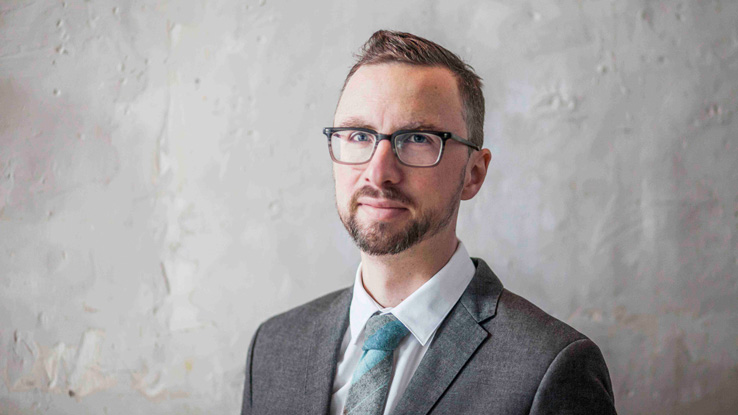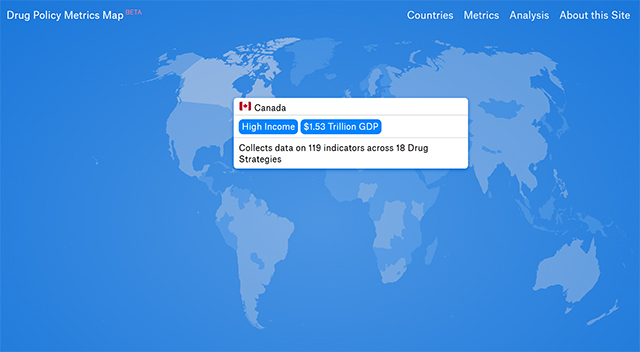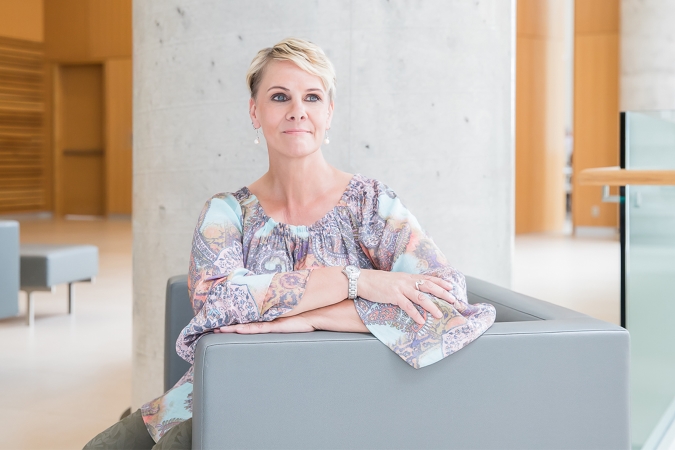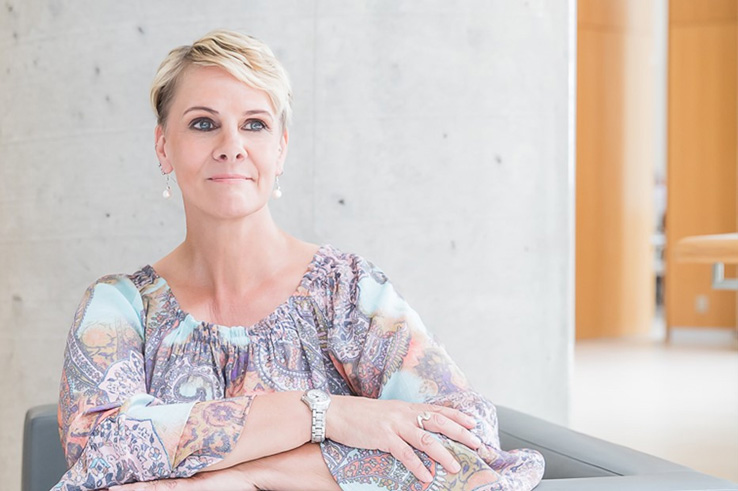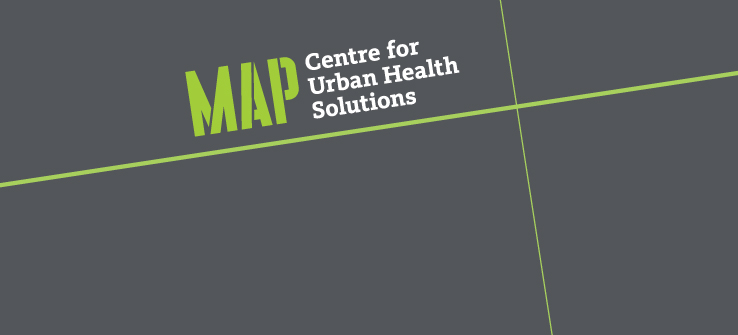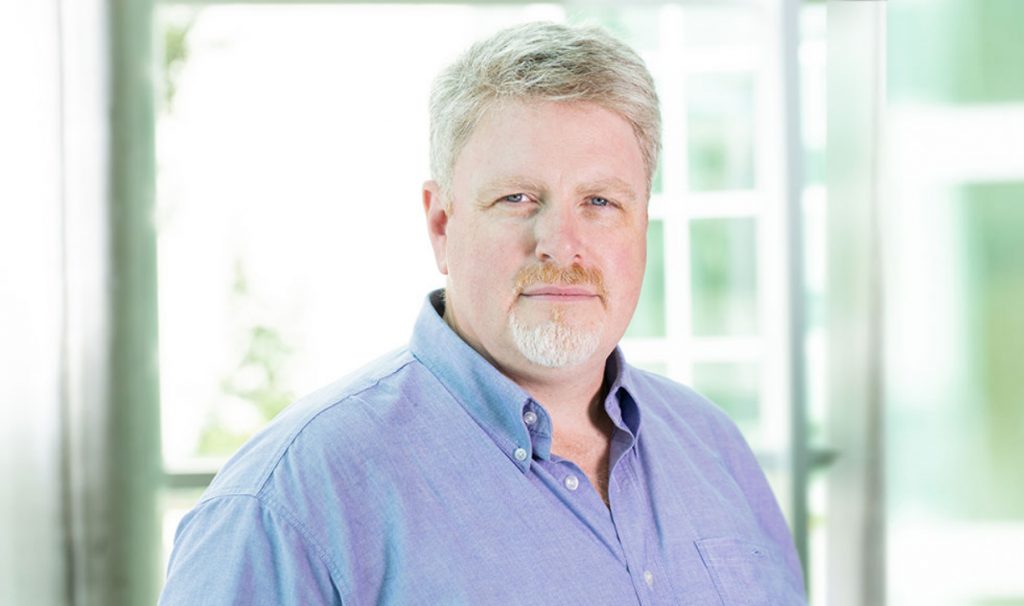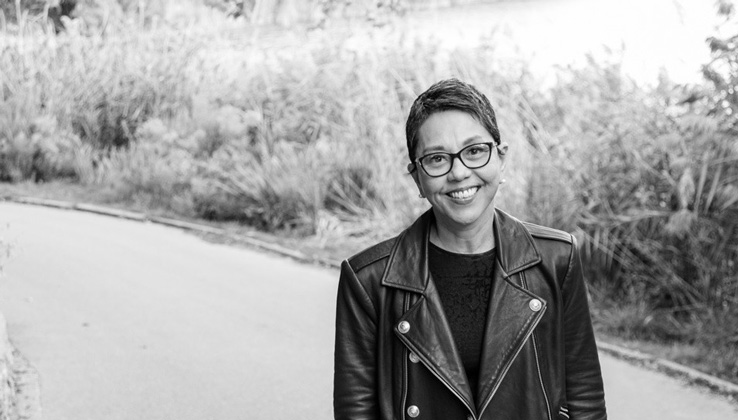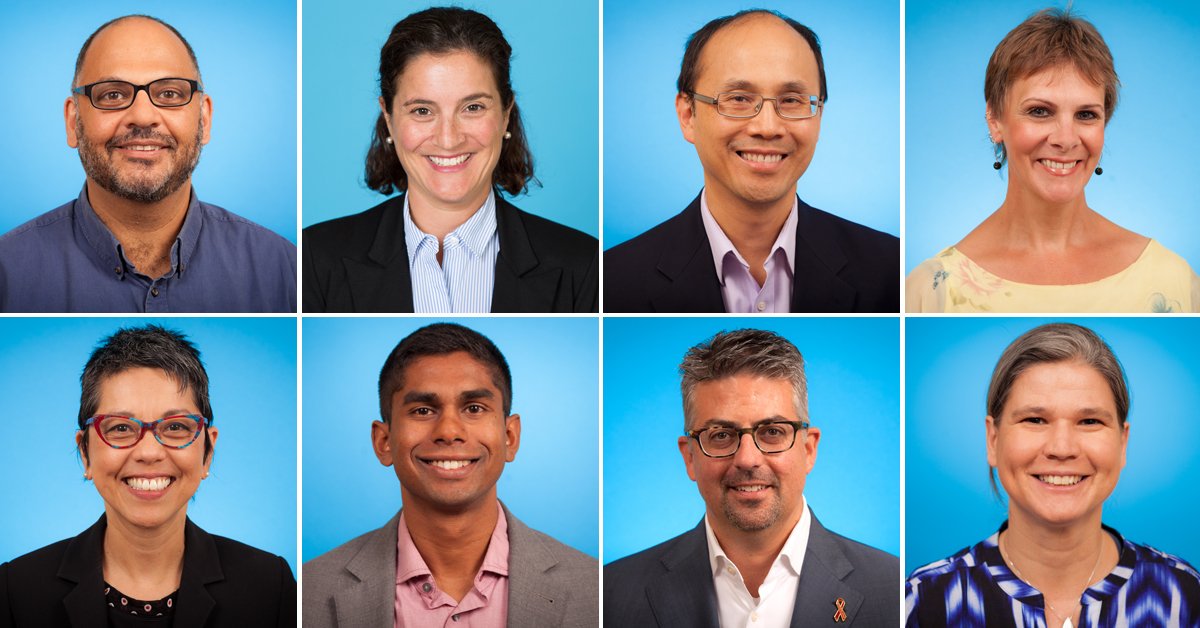There’s no question that cancer screening can catch disease early, set people on a path to treatment sooner, and ultimately save lives. The question is how to ensure that everyone is accessing the screening they need.
Researchers at MAP Centre for Urban Health Solutions have grappled with this question for years, focusing particularly on encouraging screening in communities experiencing disadvantage. In a study published today in the Journal of General Internal Medicine, they set out to find out why patients with lower incomes were less likely to be up-to-date on breast, cervical and colorectal cancer screening and what would be the best approach to bridge the gap.
“At the St. Michael’s Family Health Team, we have conducted several projects to increase overall screening,” said Dr. Aisha Lofters, a MAP scientist, family physician and lead author of the study. “Through previous work, we had already observed that among patients whose self-reported income was below the low-income threshold set by Statistics Canada, only 69 per cent were up-to-date on colorectal cancer screening compared to 75 per cent being up-to-date if their income was above the threshold.”


